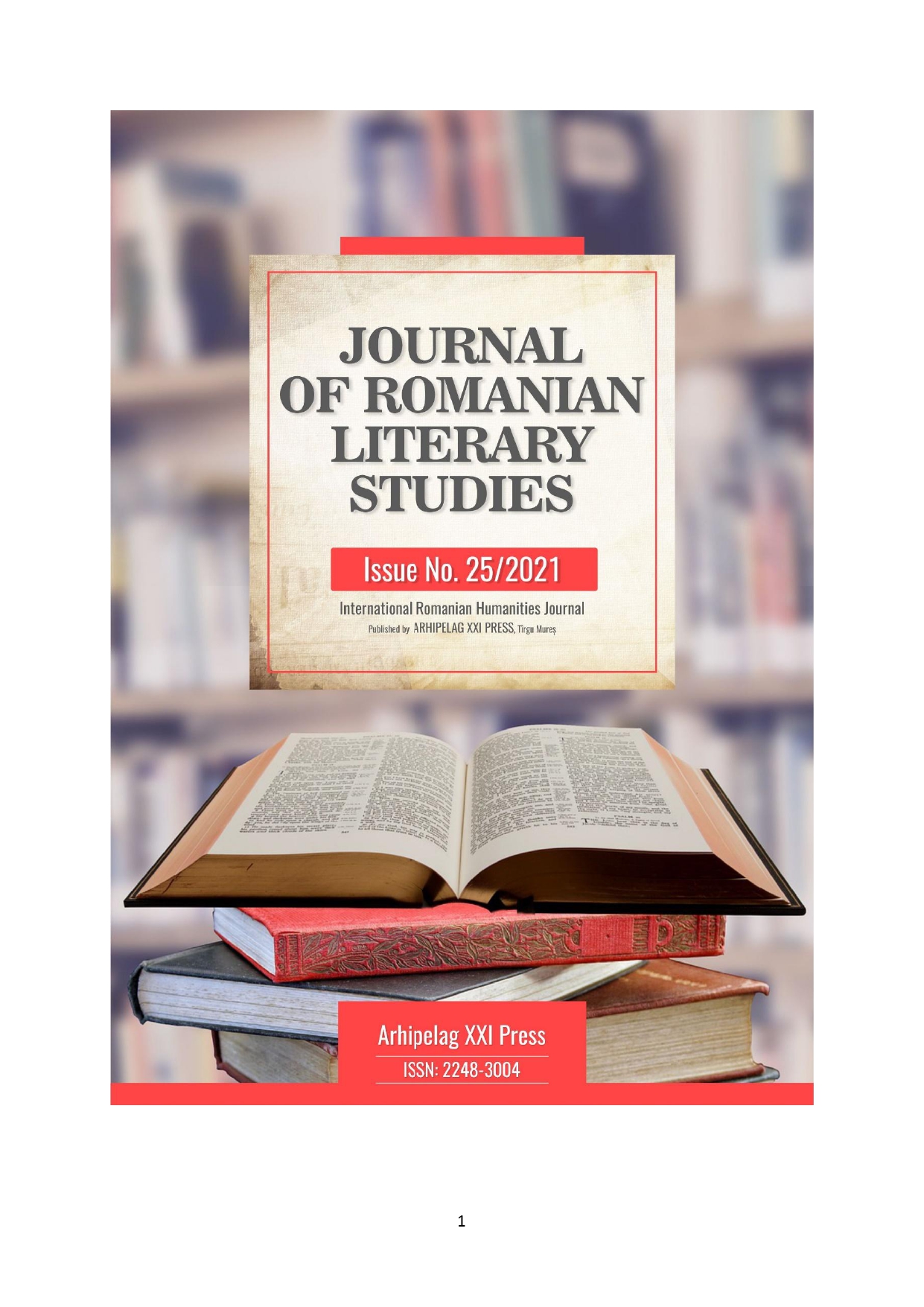EPIDEMICS AND EPIZOOTICS IN THE ROMANIAN SPACE (1821-1921)
EPIDEMICS AND EPIZOOTICS IN THE ROMANIAN SPACE (1821-1921)
Author(s): Florin NacuSubject(s): Cultural history, History of ideas, Social history, 19th Century
Published by: Editura Arhipelag XXI
Keywords: Romanian space; pandemics; epizootics; 1821; 1921; historiography;
Summary/Abstract: The article starts from the premise that the institutional development and the legislative evolution of Romania were not only influenced by the obstacles of the international relations system from 1821-1921, by the problems related to the international political status. In addition to the Romanian Principalities proper (under Ottoman suzerainty, tsarist protectorate, the collective guarantee of the great European powers), we decided to include the Romanian regions kidnapped as a result of wars in the medieval, modern and contemporary eras: Dobrogea, Transylvania, Banat, Bucovina, Bessarabia, South Dobrogea (Quadrilater). The main reason for this choice was that after 1920, when except for Romania's border with the Soviet Union, the other borders were recognized by signed and ratified international treaties (the Union with Bessarabia was recognized by a separate protocol, not ratified, Bessarabia entering from 1918 within the borders of Romania, by the common will of the Romanians on both banks of the Prut) and Romania became Greater Romania. Then, after the Great Union, Romania also inherited the infrastructure, the system of measures on preventing and combating epidemics, as well as a certain tradition of organization, materialized in the harmonization of legislation.
Journal: Journal of Romanian Literary Studies
- Issue Year: 2021
- Issue No: 25
- Page Range: 1345-1353
- Page Count: 9
- Language: Romanian

